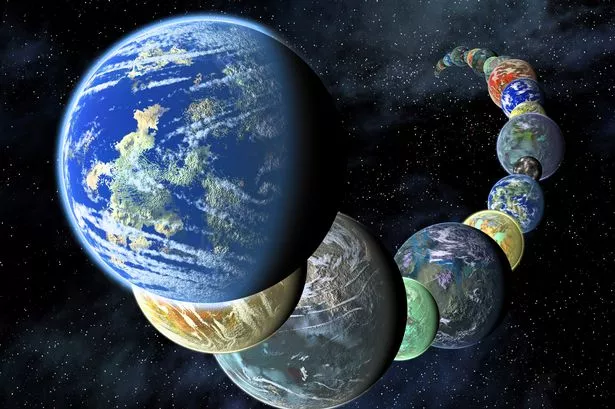NASA Confirms 6,000 Exoplanets as Milestone Reached in Cosmic Search

NASA has officially confirmed 6,000 planets outside our solar system, also known as exoplanets, marking a major milestone in the study of the universe.
Shawn Domagal-Goldman, acting director of the Astrophysics Division at NASA, said the milestone “represents decades of cosmic exploration driven by NASA space telescopes… exploration that has completely changed the way humanity views the night sky.”
The agency has also identified over 8,000 candidate exoplanets still awaiting confirmation. Most are found indirectly using the transit method, with fewer than 100 observed directly.
As the number of confirmed exoplanets has increased, the scientific community has been able to build a picture of the planet population across the universe. Researchers estimate that rocky planets appear to be most common in the universe. They’ve also discovered planets the size of Jupiter that orbit closer to their star than Mercury does to our sun, or planets that have two stars. Some discovered worlds are covered in lava; others are surrounded by clouds of precious stones.
“Each of the different types of planets we discover gives us information about the conditions under which planets can form and, ultimately, how common planets like Earth might be and where we should be looking for them,” said Dawn Gelino, head of NASA’s Exoplanet Exploration Program in a statement. “If we want to find out if we’re alone in the universe, all of this knowledge is essential.”
Although the number of confirmed exoplanets has reached 6,000, there are only about 100 that scientists have been able to observe directly. This is because light from faraway worlds is often so faint that it blends into the light emitted by the parent star. Detection methods therefore tend to be indirect; among the most common is the transit method, which involves detecting a planet by observing the star it orbits, which dims slightly for a brief time as the planet passes in front of it from our perspective.
Future missions like the Nancy Grace Roman Space Telescope and the Habitable Worlds Observatory are expected to accelerate discovery and help scientists study the atmospheres of Earth-like planets.





